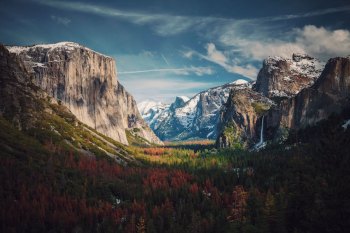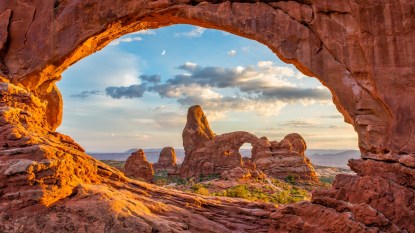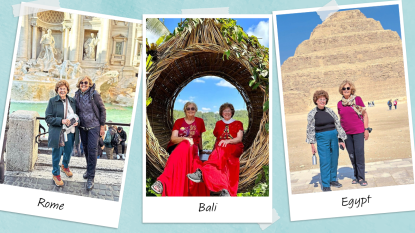From Wyoming To Croatia, These Scenic Places Show Nature’s Wonder As You’ve Never Seen It
Let's get to exploring.
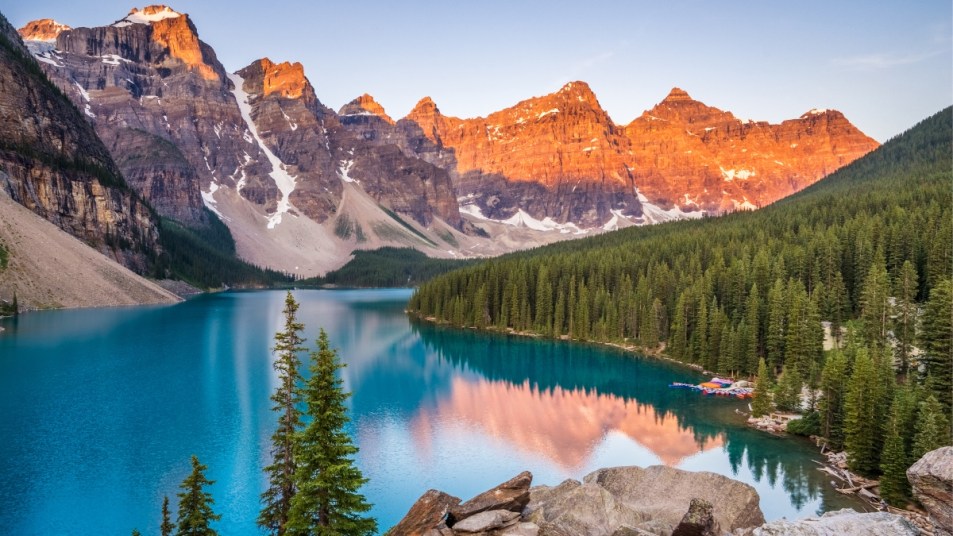
Embrace the elements and restore your mental balance as you experience the power of the great outdoors in Canada, Iceland, Wyoming, Croatia, Saint Lucia, the Galapagos Islands, and more. The sights that nature has to offer in these locations are those you could only dream of.
1. South Iceland
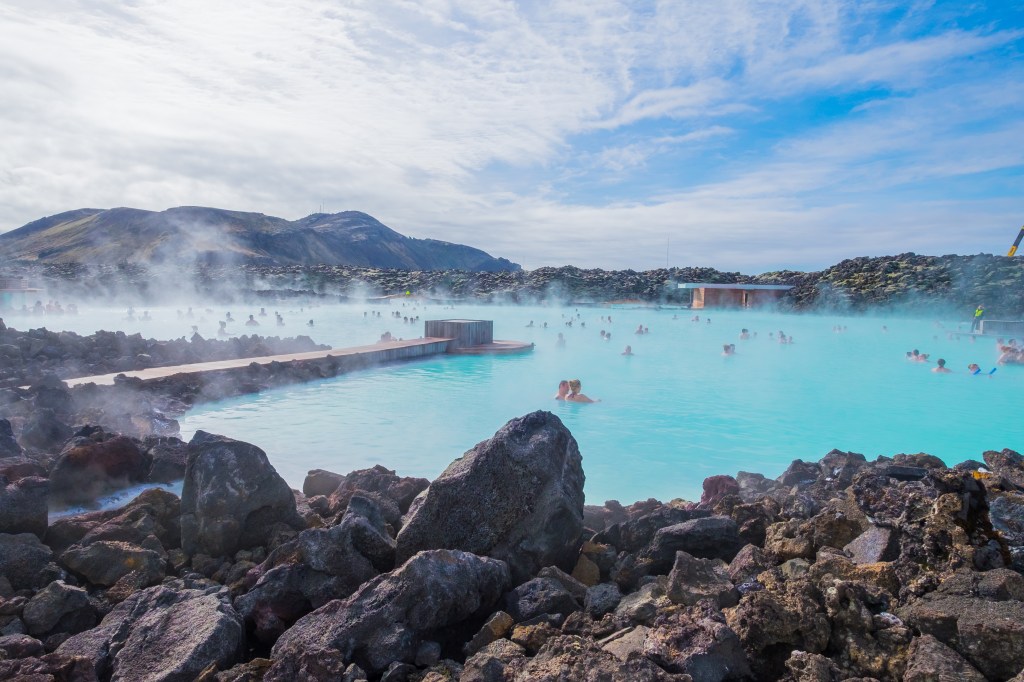
Iceland is without exaggeration a land of extremes: volcanic fire and glacial ice, summer’s midnight sun and winter’s northern lights, horizons layered with white-capped mountains, and coasts lined with black-sand beaches. Some of the country’s most unforgettable experiences abound in the iconic southern region, all within a few hours’ drive of Reykjavik, the capital.
In March 2021, the island’s Fagradalsfjall Volcano began erupting, ending its 800-year dormancy. The gushing magma finally slowed after six months of activity — Iceland’s longest eruption this century — and visitors can see the stunning crater and freshly-formed lava fields. Afterward, dip into the milky hot waters of Blue Lagoon, where geothermal seawater from deep below ground floods a vast lava field with a mineral-enriched pool.
On the Golden Circle scenic loop, Geysir Hot Spring Area’s exploding Strokkur geyser shoots a tower of water and steam 100 feet into the air every few minutes. Next come the impossibly turquoise tiers of Bruarfoss waterfall, then massive Gullfoss Falls. A half-hour south, bathers soak in the Secret Lagoon, Iceland’s oldest natural hot spring. Or continue on to hike around the aquamarine-hued Kerid, a volcanic crater lake.
Driving along the south coast ring road, travelers hit a chain of spectacular waterfalls: Seljalandsfoss, Gljufrabui, and Skógafoss. Finally, clusters of sea stacks mythologized as petrified trolls in Viking sagas mark Reynisfjara’s black-sand beach, near Iceland’s southernmost town of Vik.
Visiting Tips
Guests of Frost & Fire Boutique Hotel can take a dip in the hot-spring-fed Varmá river (literally “warm river”). The hotel is perched on its banks. The Laugaskarð Thermal Swimming Complex is also nearby, which is fed by the geothermal water that comes from the area’s surrounding hills. Refuel at Ölverk Pizza & Brewery in Hveragerdi. Take a ferry from Landeyjahöfn to Vestmannaeyjar, an archipelago of sheer headlands where some of the largest puffin colonies in the world nest.
2. Galapagos Islands (Ecuador)
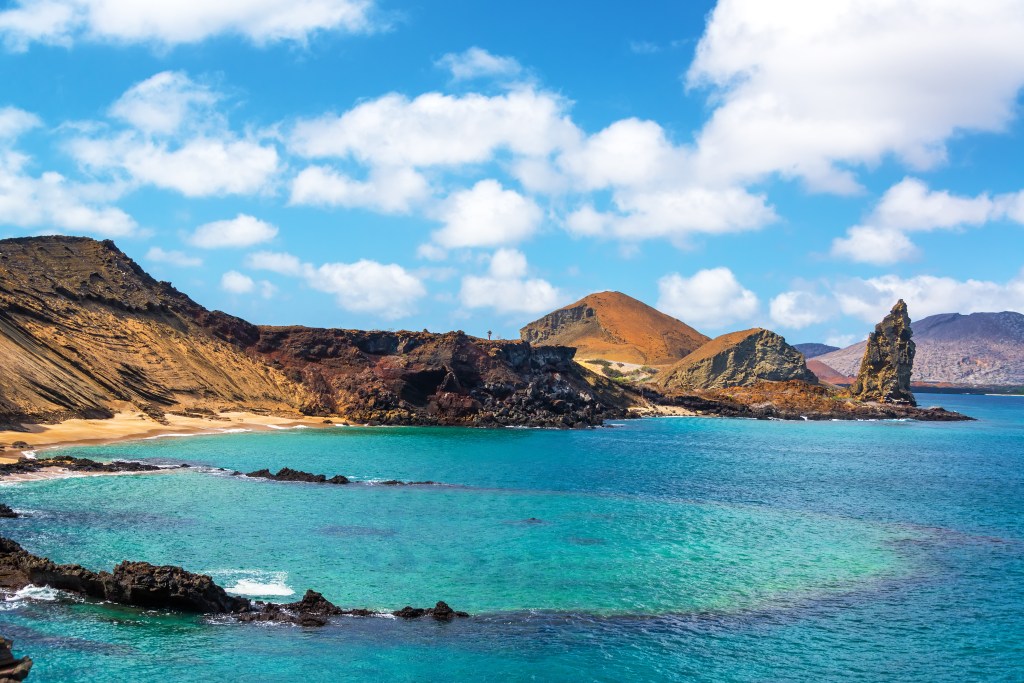
The Galapagos Islands stand as one of the planet’s most dynamic places for wildlife. Not only are they marooned 851 miles off the coast of Ecuador — allowing species to adapt and specialize far from the influence of humans — but they also sit at the crossroads of several oceanic currents, which sweep in nutrients that attract a host of marine life.
This biologically rich outpost wasn’t on the radar of Western civilization until 1535, when a Spanish voyager happened upon the remote archipelago. And it wasn’t until Charles Darwin’s visit and subsequent 1859 book, On the Origin of Species, that they became widely known.
Today, the destination is a birders’ paradise. Blue-footed booby birds, magnificent frigate birds, and Galapagos penguins can all be spotted. The islands are also a wonderland for marine life and, of course, tortoises, for which they were named. Snorkelers can encounter sea turtles, as well as golden rays by the hundreds. Divers are more likely to see the bigger stuff, from giant manta rays with wingspans of 20 feet to whale sharks stretching 40 feet. The best odds for sighting megafauna come with visiting Wolf and Darwin islands, which are only reachable by overnight boat excursions.
All trips start on the island of Santa Cruz, the hub for tourism and the location of the airport, as well as most resorts. Land-based travel is a great option, but passengers willing to explore via expedition-style yachts will have each island to themselves — much as Darwin first saw them.
Visiting Tips
You’ll find two tortoise centers in the Galapagos Islands. One of them, the Fausto Llerena Tortoise Center on Santa Cruz, gives guests the chance to see 200 mature tortoises milling about. Guides feed them passion fruit and other goodies, making for a fun encounter. Also worth adding to the itinerary is the island of Fernandina, home to the largest population of marine iguanas. Its surrounding cold water currents attract both flightless cormorants and Galapagos penguins.
3. Uyuni Salt Flats (Bolivia)
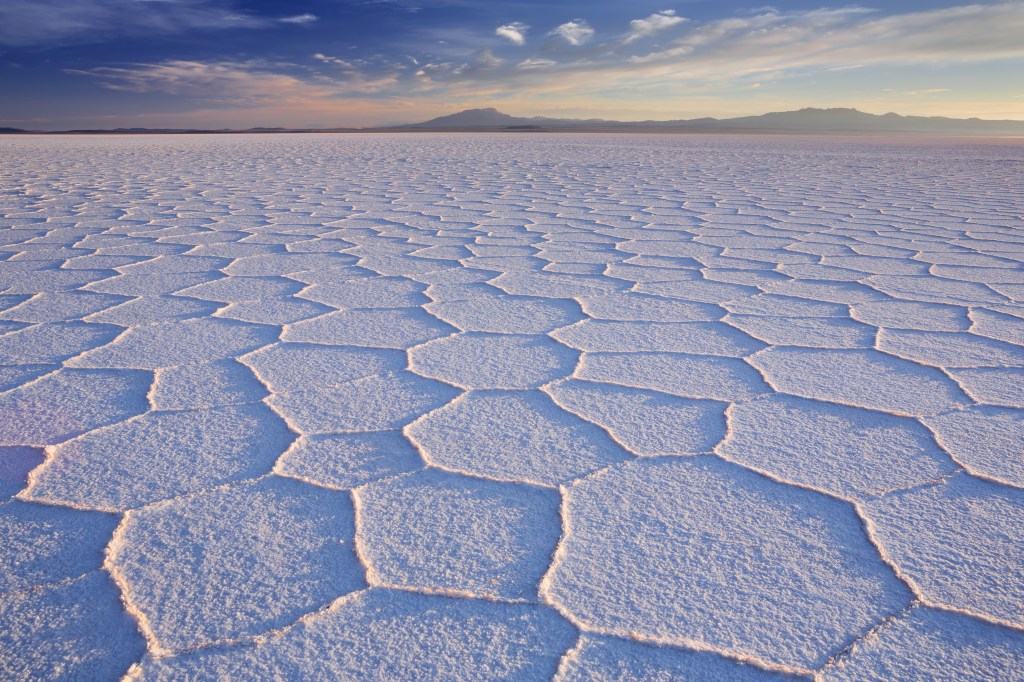
If unplugging from technology boosts your IQ, deepens restfulness, and makes lasting memories, then getting off the grid may unlock some levity. And an otherworldly landscape of mineral marvels is just the place to do it. Stretching 4,500 square miles, the Salar de Uyuni — the world’s largest salt flat — is all that’s left of prehistoric Lago Minchin. Few experiences make travelers feel more remote than standing on this otherworldly plain of bleached polygons. The endless white flatness allows for fun and quirky perspective photos that few explorers can boast having.
Many expedition vehicles leave from the austere town of Uyuni, stopping first at a train graveyard that’s primed for Instagram. Next up is the salt-processing village of Colchani, as well as Isla Incahuasi, a hill studded with cactuses as high as 30 feet. Near the Chilean border, other highlights include flamingo-filled Lago Colorada, which gets its hue from mineral deposits and algae, as well as Lago Verde, which is a vivid turquoise thanks to its arsenic, magnesium, carbonate, and calcium content.
A one-way excursion ends in the high-desert town of San Pedro de Atacama, Chile. Visitors to South America won’t want to miss this under-the-radar adventure, where all five senses are fully immersed in the stark surroundings.
Visiting Tips
The dry winter season (May to October) is the optimal time to go, but prepare for daytime highs in the 40s and nighttime lows in the teens. Typical tours span three days, two nights, and you’ll spend those nights in rustic, unheated salt refuges. Alternately, the upscale Palacio del Sal — built entirely out of salt — offers vistas of the flats along with spa services. Take a sunrise hike to get your day of exploring off to an unforgettable start. Stargazing here at night is next-level as well.
4. Plitvice Lakes National Park (Croatia)
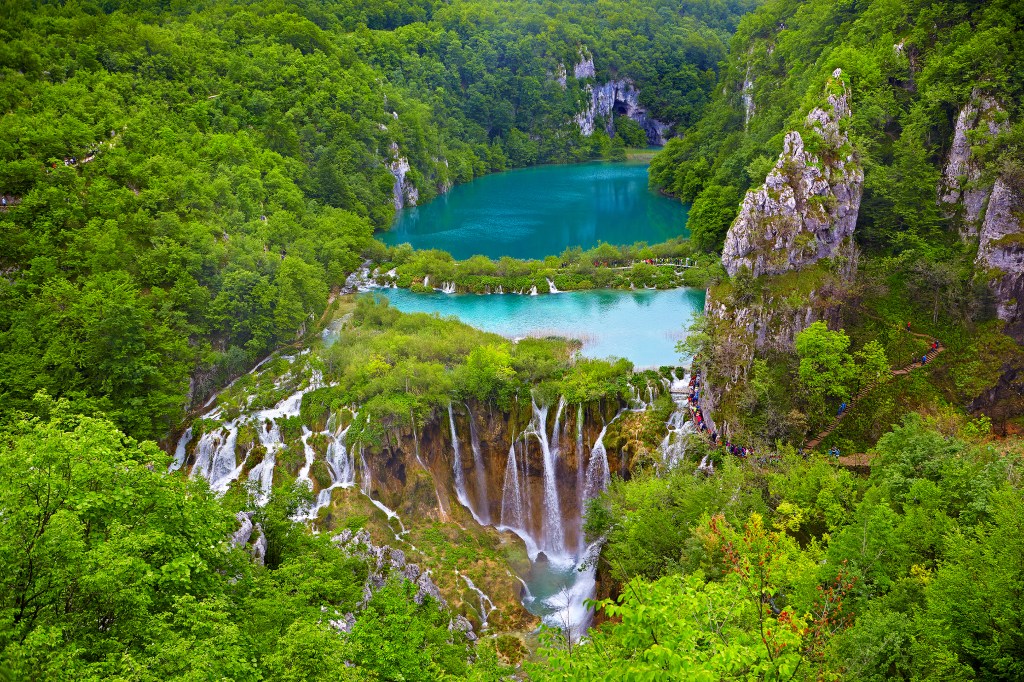
A glittering chain of 16 interconnected lakes, crystalline pools, eerie grottos, and terraced waterfalls, Croatia’s Plitvice Lakes National Park stuns with such fairy-tale beauty that UNESCO designated the magical landscape a World Heritage site in 1979.
The “land of falling lakes” was created by rivers and streams flowing over shelves of limestone and chalk, shaping the minerals into dams, terraces, and walls over millions of years. The result is a fantastical lacework of water and rock, set high in the Dinaric Alps close to the border with Bosnia-Herzegovina. Highlights include Okrugljak Lake and its long chambered cave; Galovac Lake and its travertine terraces; the spouting fountains of Prstavci Falls; and the whitewater plumes of Sastavci Falls. Veliki Slap, the tallest waterfall in Croatia, plunges 255 feet into the Korana River in a lacy veil.
A visit to this watery wonderland involves a lot of walking, as 11 miles of boardwalks, footbridges, and raised wooden pathways wind around and across the pools. Visitors can choose from eight different hiking routes, which vary from two or three hours to eight or more. Highly ambitious visitors climb up the slippery stairs to Supljara Cave and even further to a stunning bird’s-eye viewpoint of the park. Walking isn’t the only way to get around. Park tickets also include the electric Panoramic Train, which shuttles between the Upper Lakes, and a boat ride on Lake Kozjak.
Visiting Tips
It’s possible to visit Plitvice Lakes as a day trip from either Zagreb or Split, but those who choose to stay nearby can enter the park when it opens at 7 a.m. to avoid the crowds (Plitvice Lakes draws more than a million visitors a year). Book a room within the park at sleek midcentury Hotel Plitvice, designed by Croatian architect Marijan Haberle, or the neighboring Hotel Jezero. Another choice is the nearby 16 Lakes Hotel, which boasts bright Scandinavian-style decor and a sparkling pool.
5. Twin Pitons (Saint Lucia)
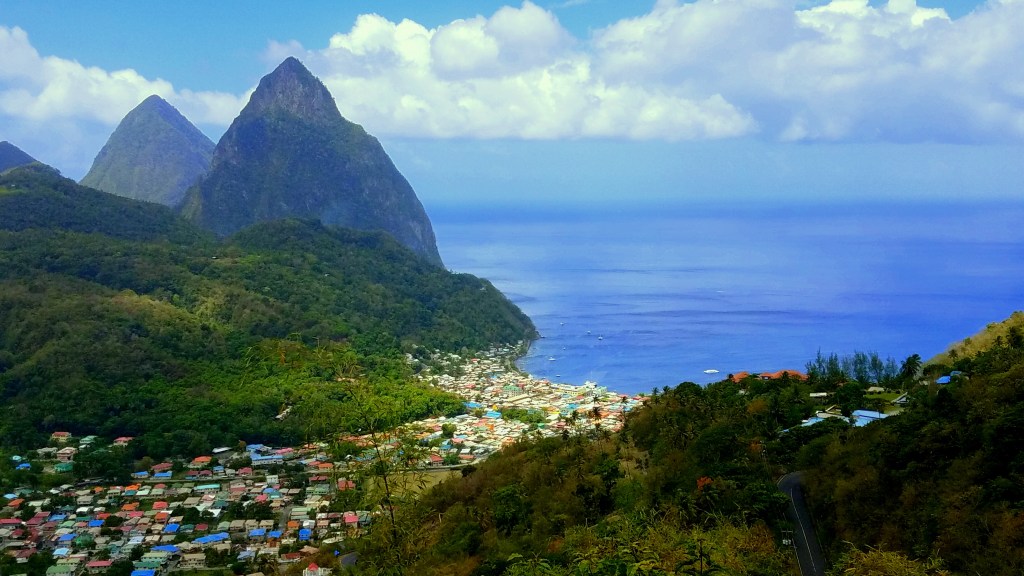
At first blush, Saint Lucia is indeed glamorous — this Eastern Caribbean isle has appeared on TV shows from The Bachelor to House Hunters International, and its lush volcanic scenery has served as the backdrop for photo shoots (J. Crew, Sports Illustrated) and celebrity getaways (Matt Damon’s 2020 vow renewal). Still, while the destination certainly has its chic side, nature is the true star.
Rising suddenly from the sea on the southwestern coast, the iconic Twin Pitons are Saint Lucia’s crown jewel. Named a UNESCO World Heritage site in 2004, these two dormant pinnacles are viewable from practically every spot on the island. A hike up Gros Piton affords the most dynamic experience. Though the taller peak of the two, Gros Piton is more accessible, and the 3.2-mile round-trip trek takes hikers through various ecosystems, from rainforest to elfin woodland. Along the way, eagle-eyes might spy native birds such as the Saint Lucian Wren, Saint Lucia Oriole, and Saint Lucia Black Finch.
Other options for viewing this natural wonder include a helicopter tour and a catamaran excursion, while riders of Morne Coubaril Estate’s zip lines catch glimpses of the spires through the tree canopy.
Visiting Tips
To hike Gros Piton, a guide is required and will be assigned to you on arrival. Start early in the day, and if possible, make the trip during the dry season (December through May). Two exceptional resorts offer direct views of the Pitons from their suites, which are famously missing a fourth wall: Jade Mountain and Ladera. Also on the south side of the island, Sugar Beach, A Viceroy Resort is nestled between the two majestic peaks.
6. Banff National Park (Alberta, Canada)
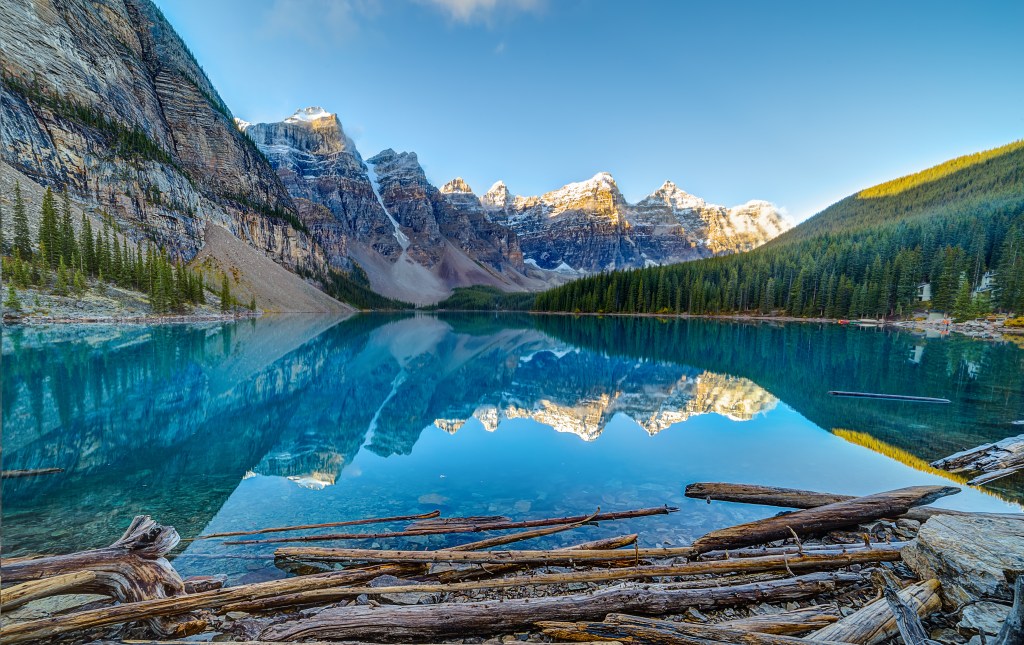
Plenty of natural places in North America cast a spell on visitors, but few possess as potent a magic as Banff National Park, where bubbling hot springs and fields of wildflowers juxtapose rushing rivers and vivid blue glacial lakes. This 2,564-square-mile playground is also home to abundant wildlife including elk, bighorn sheep, wolves, and grizzly bears. Spotting these species in their natural habitat sparks a natural high.
Established in 1885, Canada’s oldest national park was designated after railroad workers discovered the natural hot springs at the base of Sulphur Mountain (so named for a reason, and a therapeutic soak in the springs is indeed odiferous). But Banff’s crown jewels are four dazzling glacial lakes: Lake Louise, Peyto Lake, Moraine Lake, and Bow Lake. Suspended “rock flour” gives each body of water a radiant turquoise hue from late June to early October. Lake Louise is the most famous (and most crowded), while Moraine, set against the Valley of the Ten Peaks, is the most captivating. Peyto, shaped like a wolf’s head, is the most enigmatic.
Nearly 1,000 miles of trails (from easy lakeside loops to intermediate alpine meadow trails to advanced summit treks) make hiking the top summer and fall activity. Visitors can also ogle landmark Castle Mountain from spots along the Bow River, or play a round of golf on the course of a 130-year-old castle hotel. Come winter, Banff’s three ski mountains attract downhill and cross-country fans — but summer is the season to truly swoon over Banff’s surreal beauty.
Visiting Tips
Banff National Park is located about two hours west of Calgary. The park’s most famous accommodation is the majestic Fairmont Banff Springs Hotel (Moraine Lake Lodge is also extemely lovely), while condo and cabin rentals in Banff and nearby Cranmore offer great value for the more budget-conscious traveler. Banff Upper Hot Springs is open year-round. Visitors should hydrate and take breaks to cool off every 15 minutes or so when enjoying the pools of water.
7. Yellowstone National Park (Wyoming, Montana, and Idaho)
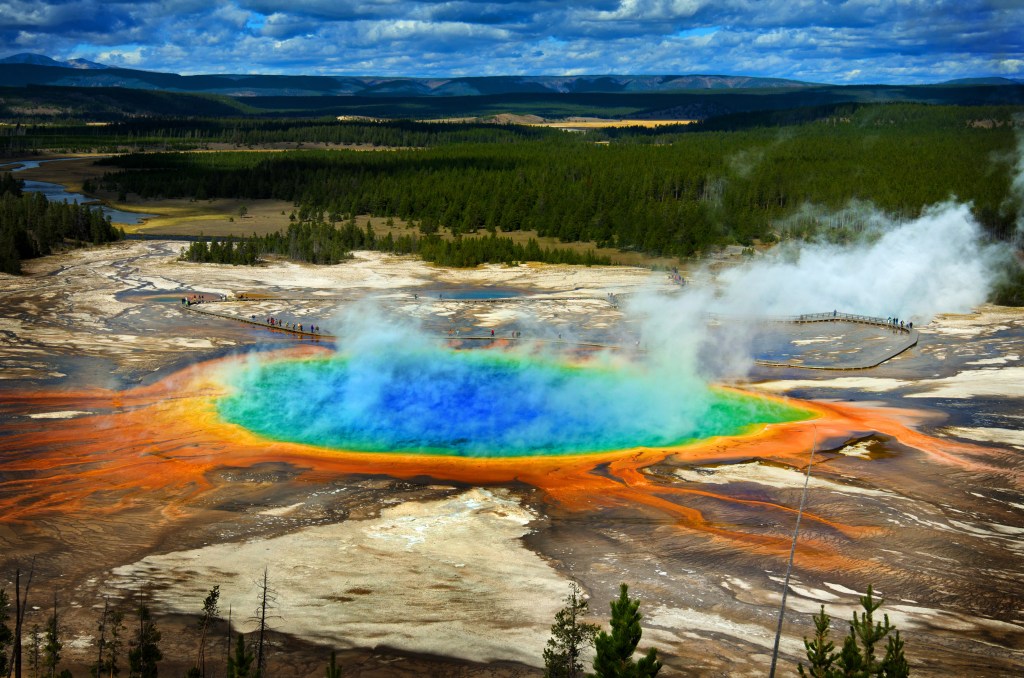
Untamed yet surprisingly accessible, Yellowstone’s 2 million scenic acres reward visitors of every ilk with a thrilling sense of discovery. Just off the 142-mile Grand Loop Road, Old Faithful gleefully explodes each hour or so. Fountain Paint Pot’s Technicolor-worthy hot springs burble. The golden walls of the Grand Canyon of the Yellowstone rise 1,200 feet from the valley floor. More intrepid explorers can hike to the summit of Electric Peak, which rises 10,969 feet over 19 miles and offers views of the Yellowstone River, as well as the sharp peaks of the Grand Tetons in the distance. Less taxing but equally compelling, the Pelican Valley Trail is a prime place to spot grizzlies, bison, and wolves. Yellowstone is home to a remarkable 67 types of mammals — more than any other state in the lower 48 — including moose, lynx, elk, and wolverine.
Beyond its 900 miles of hiking trails, Yellowstone can also be explored by bike. The level land surrounding the Abandoned Railroad Bed Trail is home to pronghorn elk and bison and is a favorite foraging spot for black and grizzly bears. The steep drop-offs, curves, and descents found on the Bunsen Peak Loop will fuel bikers looking for an adrenaline surge. There’s even an easy 2-mile paved loop that runs from Old Faithful to Morning Glory Pool, passing several geysers along the way. Though there’s no whitewater rafting allowed inside Yellowstone, paddlers can take to the scenic waters of the park’s namesake lake aboard kayaks, canoes, or stand-up paddle boards.
Visiting Tips
Spotting a bear is a high point of a Yellowstone visit. Although a bear sighting doesn’t equal a bear encounter, it pays to be prepared. Hike with a partner, keep to the path, and make noise. Also consider carrying bear spray, which, when discharged, forms a nonlethal cloud that will disorient the bear and give you a moment to escape. Keep it in a holster, not your pack. The historic Old Faithful Inn is the world’s biggest log structure. Even if you can’t get a room, stop in to sit a spell by the towering stone fireplace.
A version of this article appeared in our partner magazine, The World’s Most Amazing Places.










